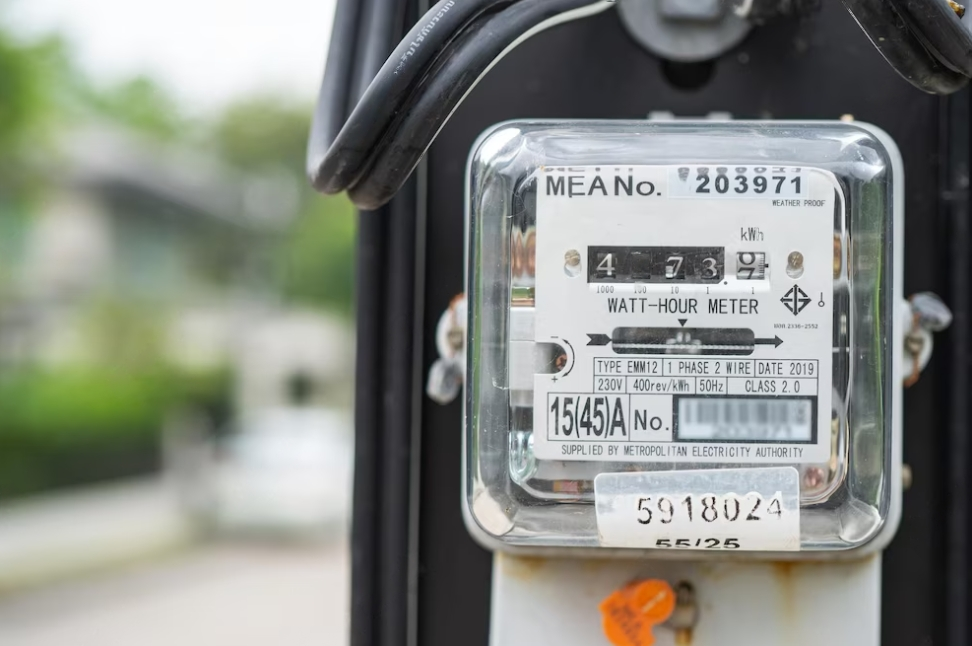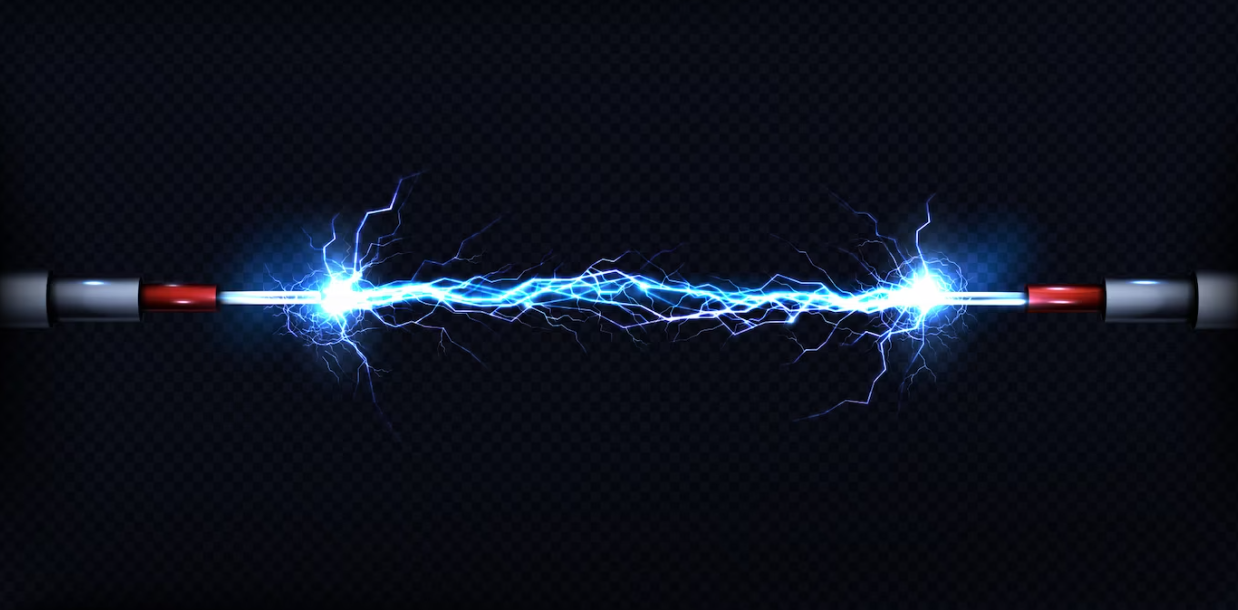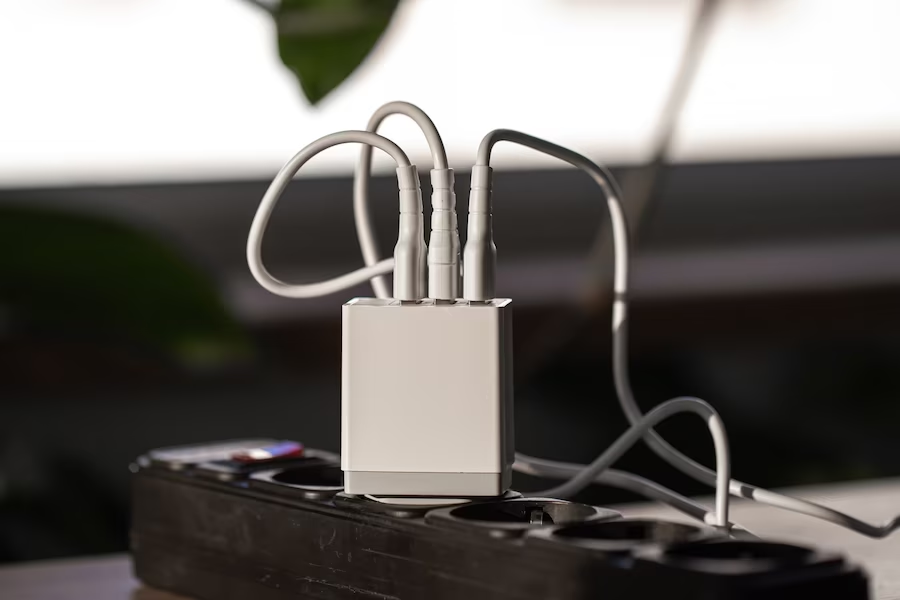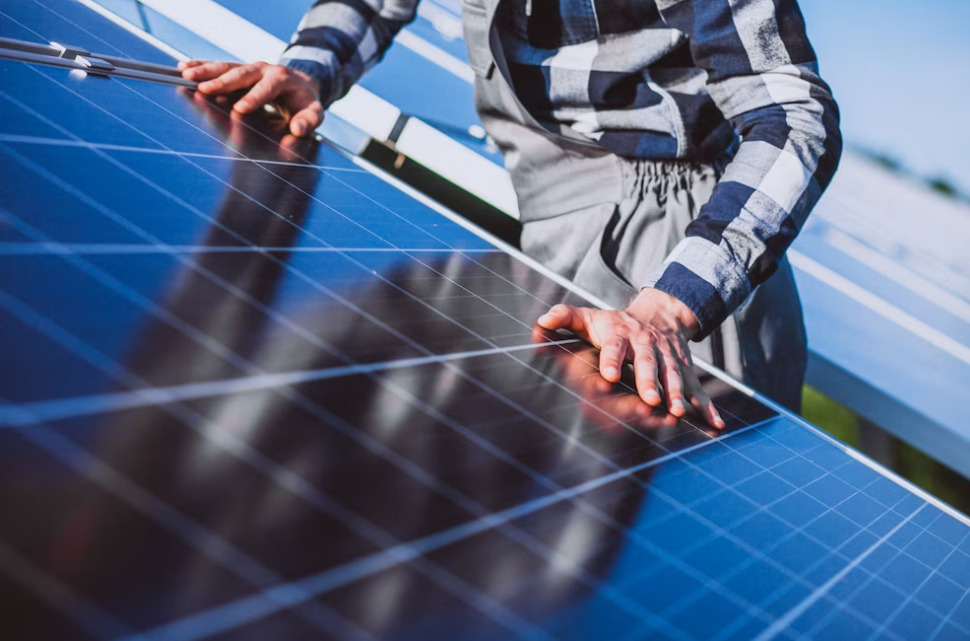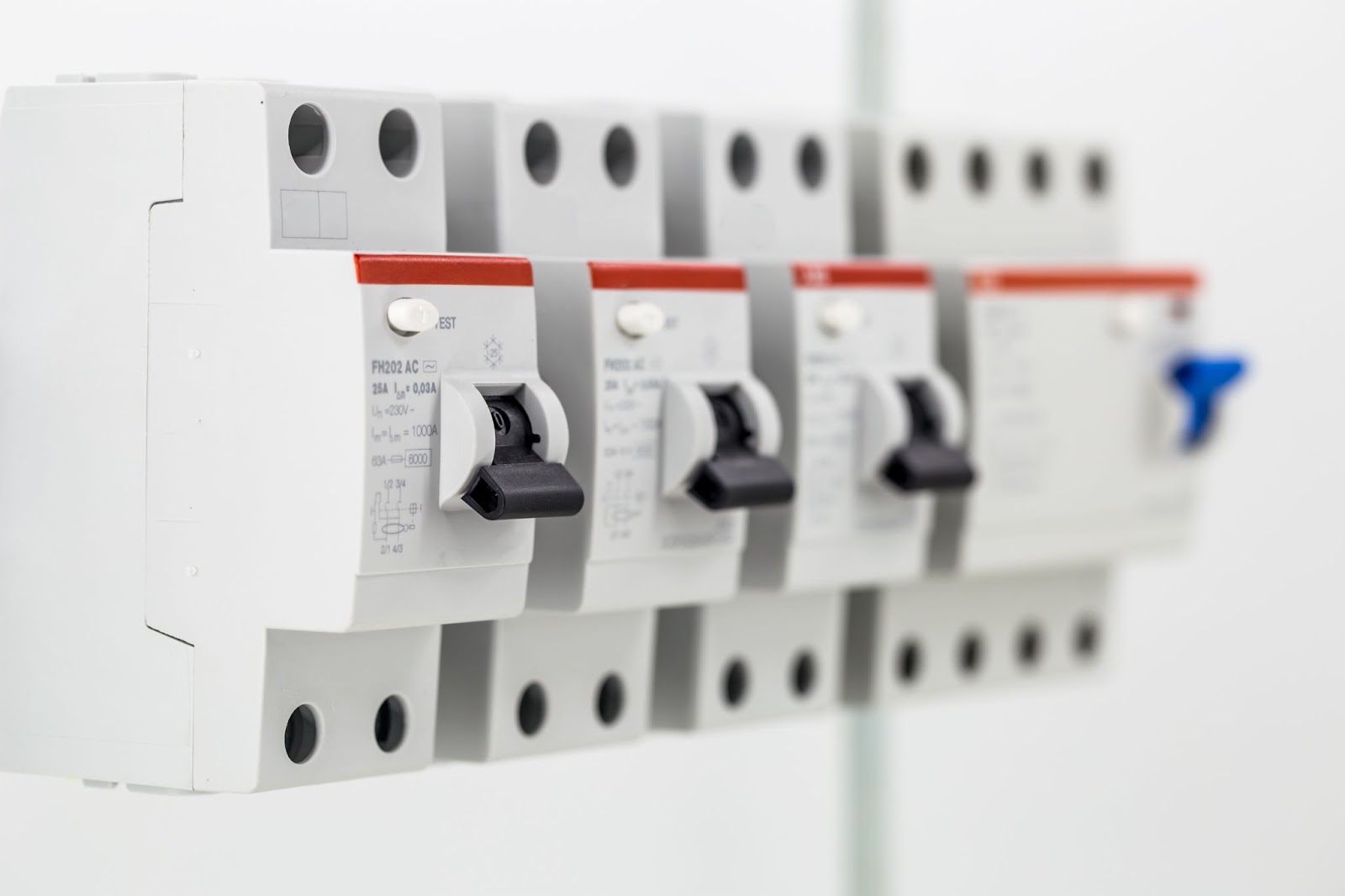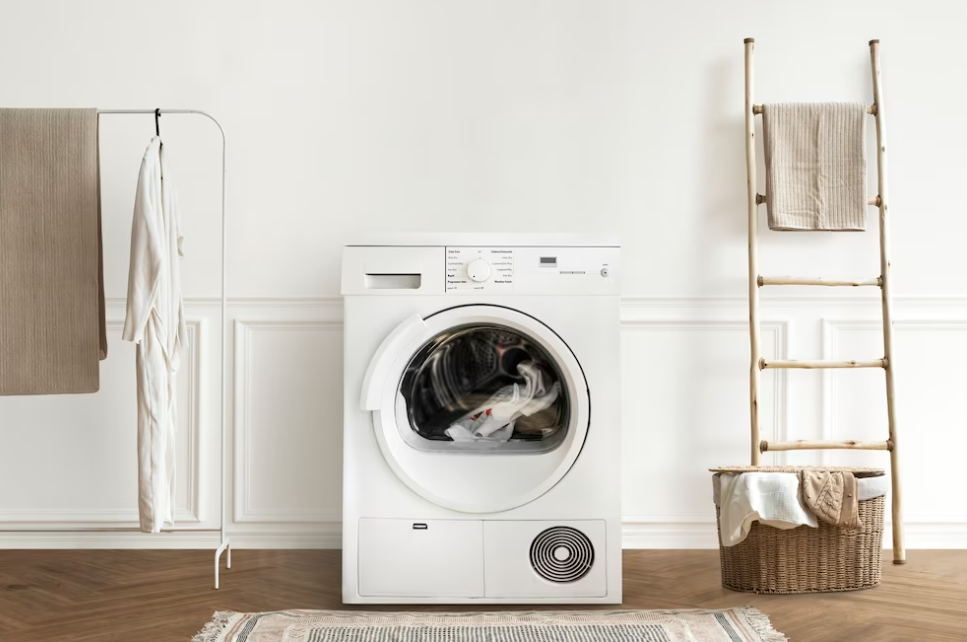Smart meters are a relatively recent addition to many properties, and if you’re moving to a new home, you might not be familiar with what one looks like. Understanding whether you have a smart meter is essential because it determines whether you need to manually record readings or if they are automatically sent to your utility supplier. Now, the question is, how can you identify a smart meter? Is it easy to tell if your meter falls into this category? Let’s delve into the details.
How Can I Tell If I Have One?
Smart meters are easily recognizable due to their digital display screen, distinguishing them from traditional mechanical counters. Typically white and relatively new-looking, these meters have been installed within the last two decades.
If you have a smart meter, you won’t receive emails requesting meter readings, and there won’t be regular visits from meter readers to your home. However, occasional visits from utility company representatives may occur for routine inspections to ensure proper functioning and prevent tampering.
It’s crucial to understand the difference between a smart meter and a smart display. The smart meter replaces the old meter and is usually situated inconspicuously around your home. On the other hand, smart displays are optional devices that you can plug into a power socket for convenient usage. They communicate with your smart meter and visually display your energy consumption, helping you identify power-intensive appliances and potential areas for energy conservation.
| Feature | Smart Meter | Smart Display |
|---|---|---|
| Function | Measures energy | Displays data |
| Installation | By utility provider | Optional add-on |
| Data Transmission | Sends data | Receives data |
| Energy Monitoring | Long-term insights | Real-time insights |
| Remote Access | Utility company | User access |
| Energy Efficiency | Better management | Informed decisions |
| Bill Management | Identifies patterns | Expense tracking |
| Real-time Updates | Limited | Continuous updates |
| Physical Location | Outside property | Indoors |
| Interactivity | Automated readings | User-friendly |
| Device Cost | Included/billed | Optional cost |
| Energy Feedback | Limited feedback | Immediate feedback |
| Privacy Considerations | Shared data | Personalized data |
| Environmental Impact | Optimizes grid | Encourages savings |
| Long-term Benefits | Smart grid savings | Energy education |
With smart displays, you gain the power to understand your energy consumption, empowering you to make informed decisions to reduce usage and manage bills efficiently. Remember, using the display is optional; if you prefer not to, just unplug and store it. Rest assured, disconnecting the display won’t interfere with the smart meter’s ability to send readings to your supplier. You can conveniently access and monitor your energy usage online through your account.

A smart meter will be installed wherever your old meter was installed. This can either be on the outside wall of your property, or inside in a closet, under a staircase, in a utility room, in the basement, or, in some rare situations, in the attic. If you live in an apartment block, then there may be a central location where all the meters are located for each apartment, rather than having each one inside the relevant apartment. Your building manager should be able to tell you where they are situated if you need to access them, and they should be labeled for each apartment. If the meter is located outside your property it will be inside a waterproofed box. It may be locked with a key, which should be provided to you when you move into the home.
Do Smart Meters Replace Old Meters During Installation?
Smart meters have two installation options:
- can either entirely replace old meters;
- can be added as a supplementary device alongside the existing meter.
Consequently, even with a smart meter installed, you might still observe the presence of the old meter. To verify whether you have a smart meter, look for a unit attached to or positioned next to the meter, which will have a digital display. This digital display confirms the presence of a smart meter. However, if you remain uncertain, you can easily confirm by reaching out to your utility provider and making an inquiry.
The utility provider has the capability to notify you whether your meter readings are received automatically. If not, they can schedule an inspection and coordinate the installation of a smart meter in case you do not already have one.
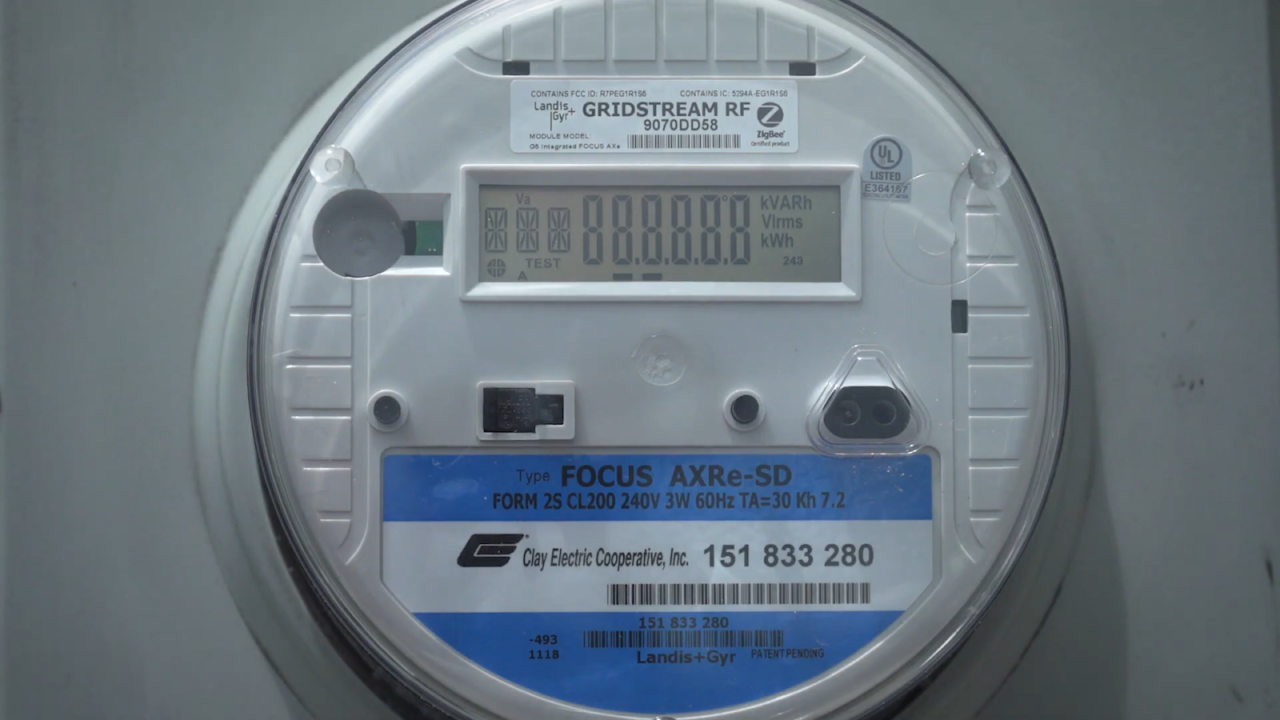
Conclusion
Identifying a smart meter is straightforward once you locate your meter’s installation. Traditional, non-smart meters lack a digital display, so once you lay eyes on that LCD screen, you’ll instantly recognize that your meter is indeed smart.
Having a smart meter offers significant benefits, particularly when it comes to monitoring your electricity consumption throughout the day. To make the most of this feature, be sure to take advantage of the usage statistics provided on your bills. By examining these statistics, you can find opportunities to reduce your electricity expenses by becoming more aware of how much energy you consume at different times of the day. You might be surprised at the variations in your energy usage during various periods.


